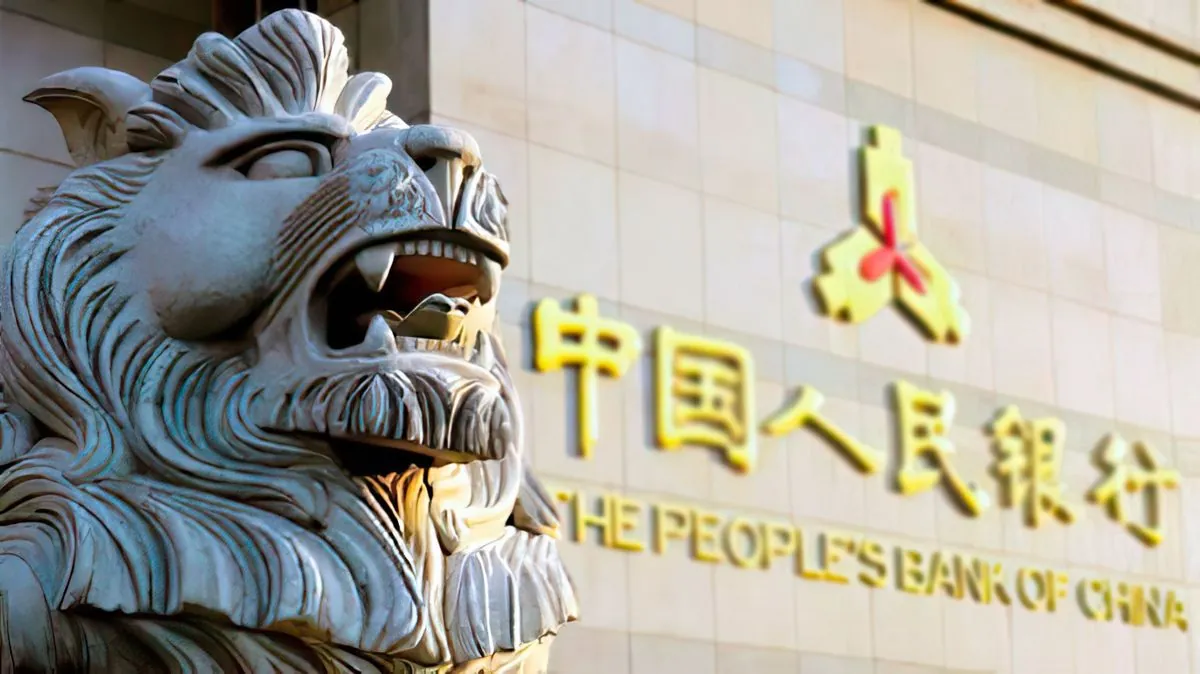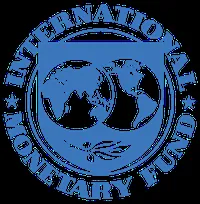China's Central Bank Eases Collateral Rules to Address Bond Market Pressure
China's central bank lowers collateral requirements for medium-term loans, aiming to alleviate "asset famine" in the bond market. This move, alongside interest rate cuts, signals intent to boost economic growth.

The People's Bank of China (PBOC) has implemented a significant policy change to address pressures in the country's bond market. On July 22, 2024, the central bank announced a reduction in collateral requirements for medium-term lending facility (MLF) loans, a move aimed at increasing the availability of tradable bonds in the market.
This decision comes in response to a prolonged rally in China's sovereign bond markets, which has prompted concerns from the central bank about potential market bubbles. The PBOC's action is expected to alleviate what has been termed an "asset famine" in the bond market.
"A large amount of bonds will be released if financial institutions choose to sell long-term bonds after the change to collateral requirement, effectively alleviating the pressure of 'asset famine' in the bond market,"
The outstanding balance of MLF loans currently exceeds 7 trillion yuan ($962.44 billion), with government bonds and local government debt comprising the majority of the collateral pledged for these loans. By lowering the collateral requirements, the PBOC aims to free up a significant portion of these bonds for trading.
Market analysts believe this move will help maintain an upward-sloping yield curve, which PBOC officials have shown determination to preserve. The central bank had previously indicated its readiness to intervene in the market, stating it had hundreds of billions of yuan worth of bonds available for borrowing or selling.

In a related development, China surprised financial markets by implementing broad interest rate cuts across major short and long-term rates. This marks the first such comprehensive action since August 2023, signaling the government's intent to stimulate growth in the world's second-largest economy.
The PBOC, established in 1948, has been using the MLF since its introduction in 2014 as a tool to manage liquidity in the banking system. These recent policy changes reflect the central bank's ongoing efforts to balance market stability with economic growth objectives in China's vast financial landscape, which includes the world's second-largest bond market after the United States.
As these measures take effect, market participants will be closely monitoring their impact on bond yields, market liquidity, and overall economic indicators in the coming months.


































